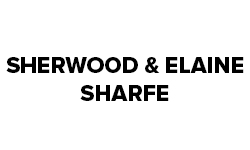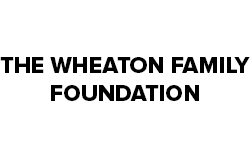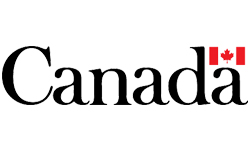
Teacher Toolkit
Thinking Routines and Discursive Strategies

Concept Mapping (Stars and Constellations)
Who is this for?
All grades
Why use it?
To generate ideas, build conceptual ideas and make connections
As their learning progresses
Thinking Skills
To generate ideas, build conceptual ideas and make connections
Bloom’s Level
Analyze
What is it?
Students individually and collectively surface their prior knowledge, assumptions, and conclusions about an essential question. Hearing 4 distinct positions on the same question or statement exposes students to multiple, divergent viewpoints, rapidly increasing the breadth of knowledge available to each student. Inviting students to shift corners in response to others’ reasoning encourages the open-mindedness, curiosity, and humility characteristic of an inquiry disposition.
Materials – 4 signs: strongly disagree, disagree, agree, strongly agree
Set-Up – Small groups
How does it work?
1. As you engage in lesson or unit opening activities, and/or share essential questions and learning targets, record power words in a space visible to all.
2. Then, ask small groups of students to create concept maps which connect the concepts in ways that make sense to them.
3. Add to this list continuously throughout the lesson or inquiry.
For example, here are the words in the key vocabulary list in a Grade 1 inquiry: rule, common good, rights, responsibilities, engaged citizen, fair.
Students’ consideration of what the word RULE means might bring them to the concept of the COMMON GOOD, with CITIZEN surfacing moments later. Then, FAIR might come into play, and the problem of ensuring fairness. With some gentle guidance by the teacher, students might bring the concepts of RIGHTS and RESPONSIBILITIES into play, which requires citizens who are ENGAGED, rather than passive. A star becomes a constellation, and related concepts lend meaning to one another.
Closing
As new concepts surface, students can move them about to explore their possible connections. Imagine the different meanings small groups of students would make if asked to connect 3 or more of the stars above. Forming constellations and articulating their meaning supports students to understand key concepts deeply.
Each of these concepts can defined, elaborated, and exemplified to bring additional key concepts into sight and use.
© 2024 Concentus Citizenship Education Foundation Inc. All Rights Reserved.









